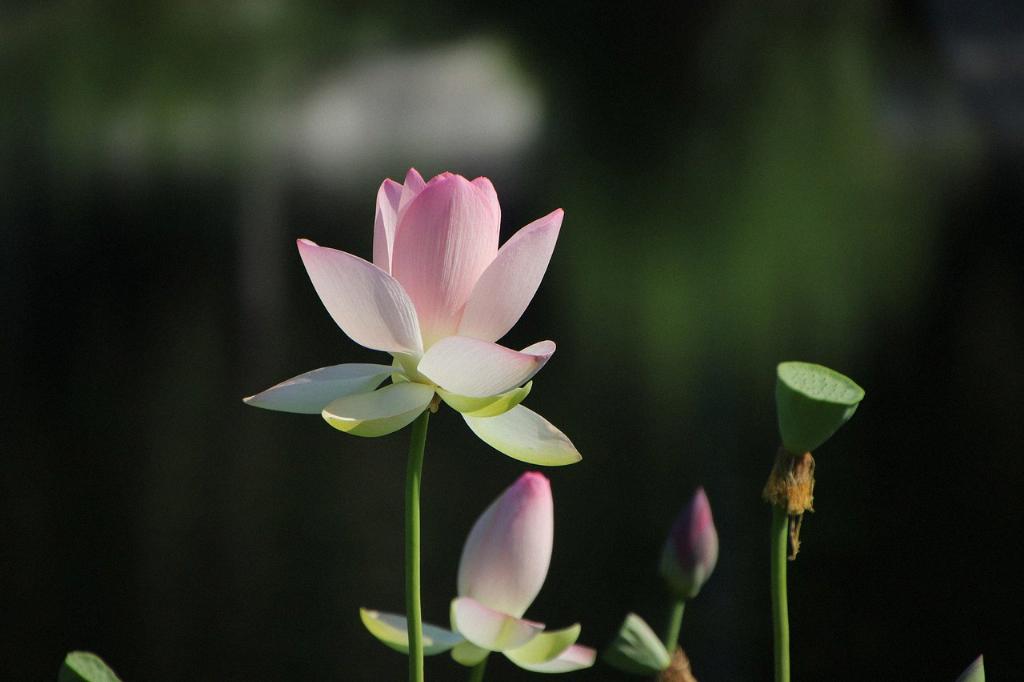Transplanting calla lilies can be a rewarding experience for any avid gardener. Knowing the right steps and techniques can help ensure the health and vibrancy of your plants. Here’s a comprehensive guide on how to transplant calla lilies effectively.
1. Choosing the Right Location
Before transplanting your calla lilies, it’s essential to select a suitable location. These plants thrive in partial shade with moist, well-draining soil. Find an area in your garden that meets these conditions to promote healthy growth.
2. Preparing the Soil
Prepare the soil by digging a hole that matches the depth of the pot in which your calla lilies are currently planted. Ensure the hole is wide enough to accommodate the spread of the roots, spacing each plant 12 to 18 inches apart to allow for proper growth.
3. Watering After Transplanting
Calla lilies require ample moisture to thrive. After transplanting, water the plants deeply to help them establish in their new location. Be sure to water consistently to keep the soil moist without becoming waterlogged.
4. Adding Nutrients
Consider adding a balanced fertilizer to the soil after transplanting to provide essential nutrients for your calla lilies. This can help promote healthy foliage and vibrant blooms throughout the growing season.
5. Mulching for Protection
Applying a layer of organic mulch around the base of the plants can help retain moisture, suppress weeds, and regulate soil temperature. Mulching also adds a decorative touch to your garden while providing essential protection for your calla lilies.
6. Monitoring Growth
Keep a close eye on the growth of your transplanted calla lilies. Look for signs of stress, such as yellowing leaves or wilting flowers, and take appropriate action to address any issues promptly.
7. Pruning and Deadheading
To encourage continuous flowering, deadhead spent blooms regularly and trim back any yellowing or damaged foliage. Pruning can help stimulate new growth and maintain the overall health of your calla lilies.
8. Overwintering Care
As the growing season comes to an end, consider overwintering your calla lilies in a protected area to ensure their survival through the colder months. Provide adequate insulation and limit watering during dormancy.
9. Propagation Techniques
If you wish to propagate your calla lilies, consider dividing the rhizomes after they have finished flowering. This process can help create new plants and rejuvenate existing ones for future growth.
10. Pest and Disease Management
Keep an eye out for common pests such as aphids or snails that may target your calla lilies. Implement natural pest control methods or use commercial treatments if necessary to protect your plants from damage.
11. Enjoying the Beauty
After following these transplanting guidelines and care tips, sit back and enjoy the beauty of your flourishing calla lilies. Take pride in your gardening efforts and the stunning display of blooms that these plants offer.

12. Conclusion
Transplanting calla lilies requires attention to detail and a commitment to providing proper care. By following these steps and best practices, you can successfully transplant your calla lilies and enjoy their beauty for years to come.
